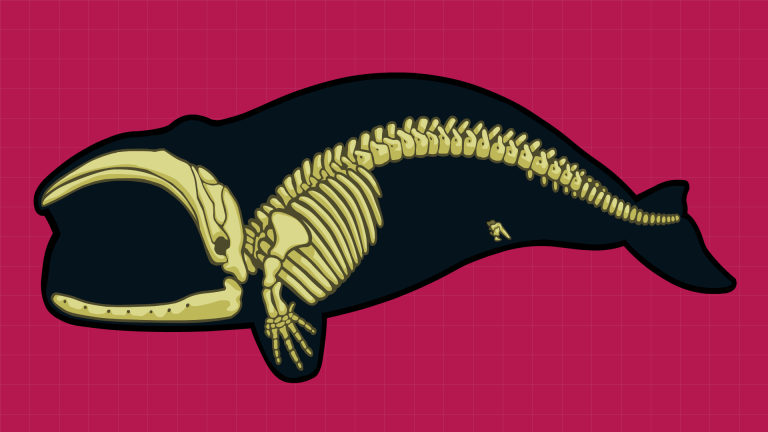Overview
A fossil is any preserved body part, excrement, or impression of an organisms that lived in the distant past. It’s rare for a dead animal or signs of its past existence to be preserved but when they are preserved, we can learn a lot about how the organisms once lived.
One way that fossils can be preserved is through natural burial shortly after death, followed by permineralization – a process where a body part is permanently infused with hard minerals.
Explore Further
Scientific paper where researchers simulated the permineralization process to create an artificial fossil set:
Transcript
What is a fossil?
A fossil is any preserved body part, excrement, or impression of an organism that lived in the distant past.
This includes anything from a preserved footprint, to a preserved foot-bone, to a preserved dino dropping. Yes, Bobby Duke, from the Bobby Duke Arts YouTube Channel, actually carved a poop emoji from a petrified dino dropping.
People sometimes argue over what “distant” means in this definition, but typically, if you find a bone that is radiometrically dated at over 10k years old, most people will be okay with you calling it a fossil.
Fossils can be preserved in ice, river sediment, volcanic ash, tar, desert sands stone, globs of hardened tree sap, you name it.
If conditions are right, hard structures like bones, exoskeletons or wood can sometimes go through a process called permineralization.
They become permanently infused with hard minerals.
This is a Brazlian agate, geode that I once paid too much for at a gift shop. Agates are not fossils (because they are not the preserved body parts, excrement, or impressions of an organism that lived in the distant past) but understanding how agates form, helps us understand how permineralization works.
In the distant past, this agate was a cavity, a simple hole in a rock. A bubble that formed in lava as it cooled. Rain water slowly seeped through the lava rock and filled the hole, bringing microscopic minerals with it that were trapped as the water continued downward. When the mineral concentration was too high for the water to handle, the minerals crystallized, slowly forming solid rings along the inside surface of the cavity.
Bones and shells also have cavities, large cavities and microscopic cavities, that can fill with mineral rich water. In this ammonite fossil, you can see that some of the large cavities are still partly empty, as was the case with my agate, but others are completely full! They are completely permineralized.
This petrified wood become petrified, when each of its microscopic cells were permineralized, just like the brazilian agate. The same thing happened to this dinosaur.
Not all fossils become permineralized, but those that do, can then easily last for hundreds of millions of years.
Fossil: any preserved body part, excrement, or impression of an organism that lived in the distant past.
I’m Jon Perry and that was a quick definition of a fossil, stated clearly.




